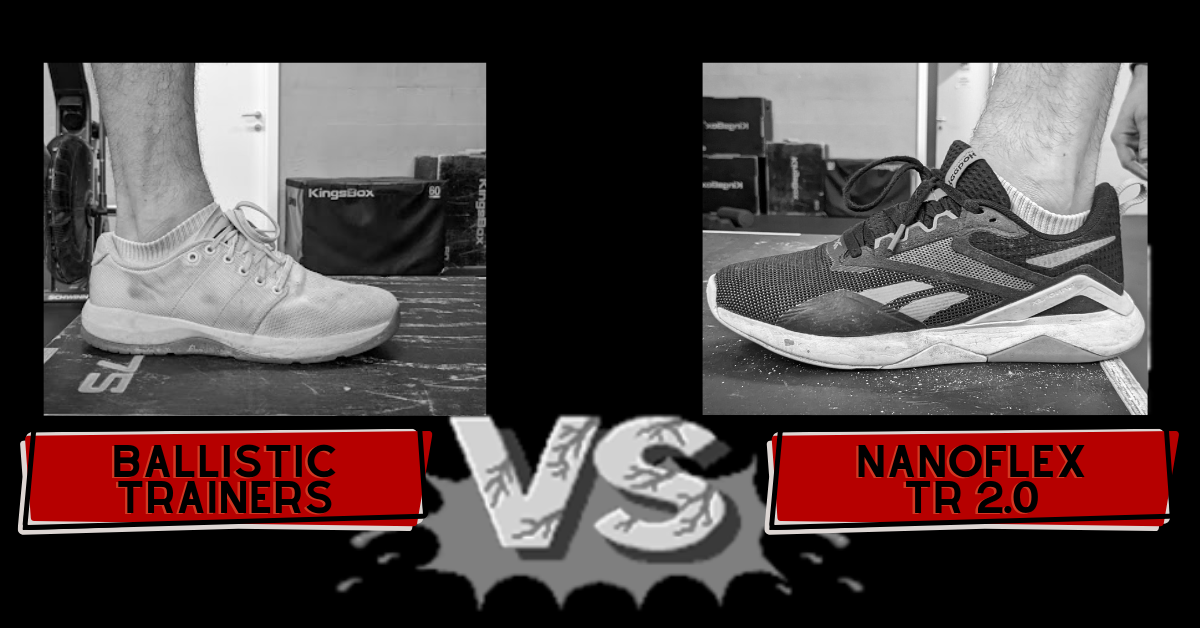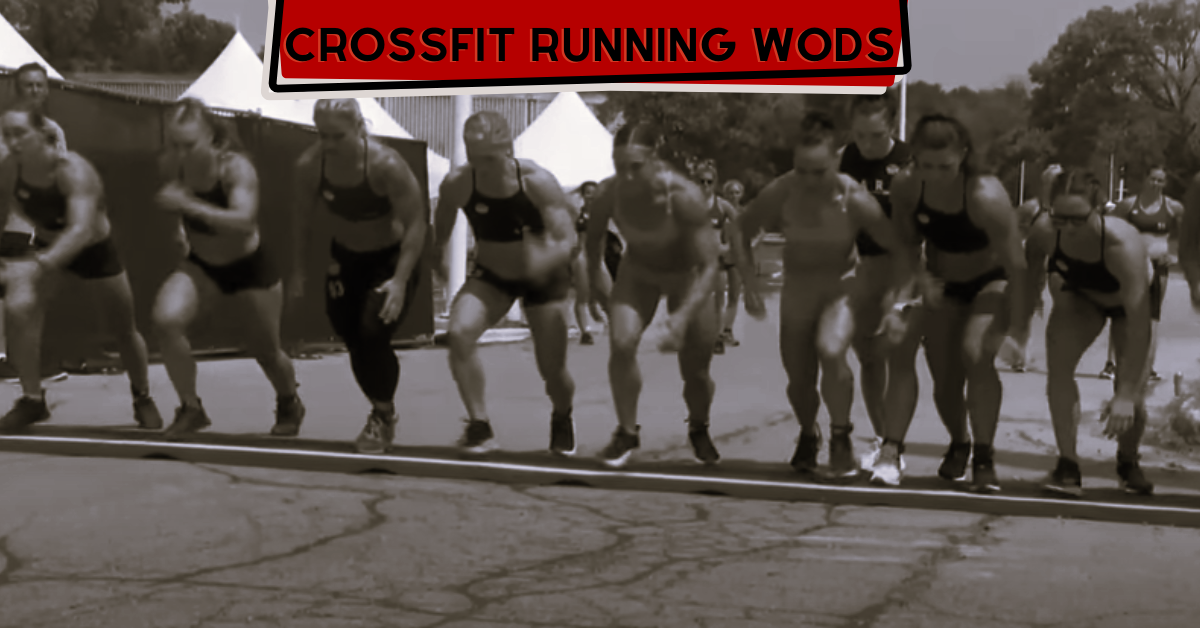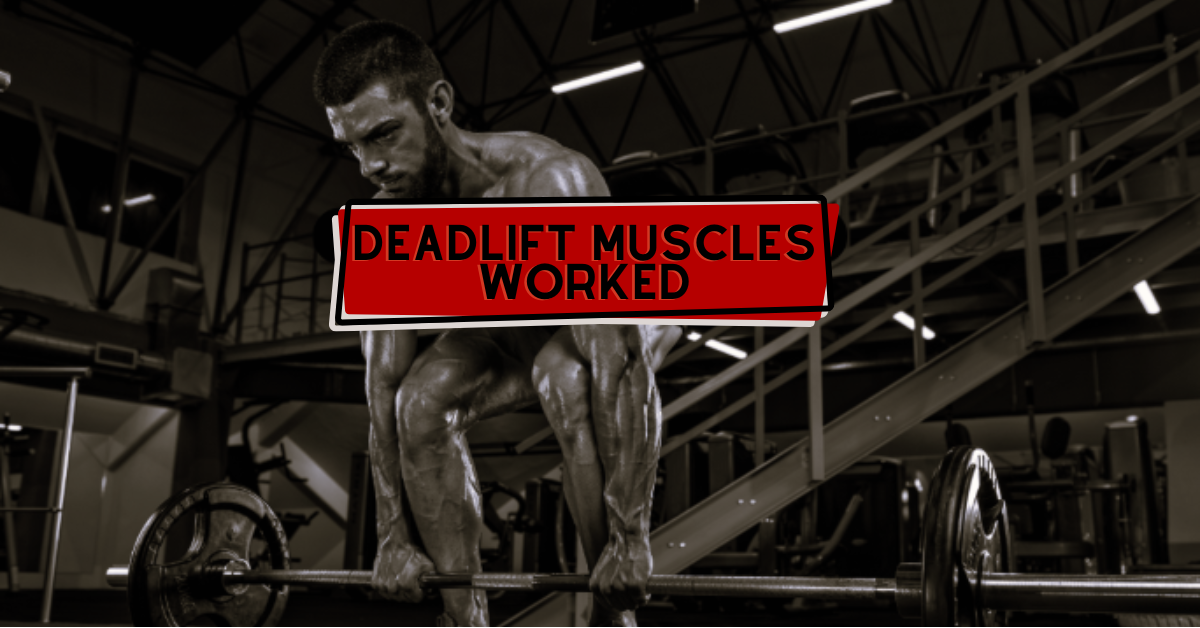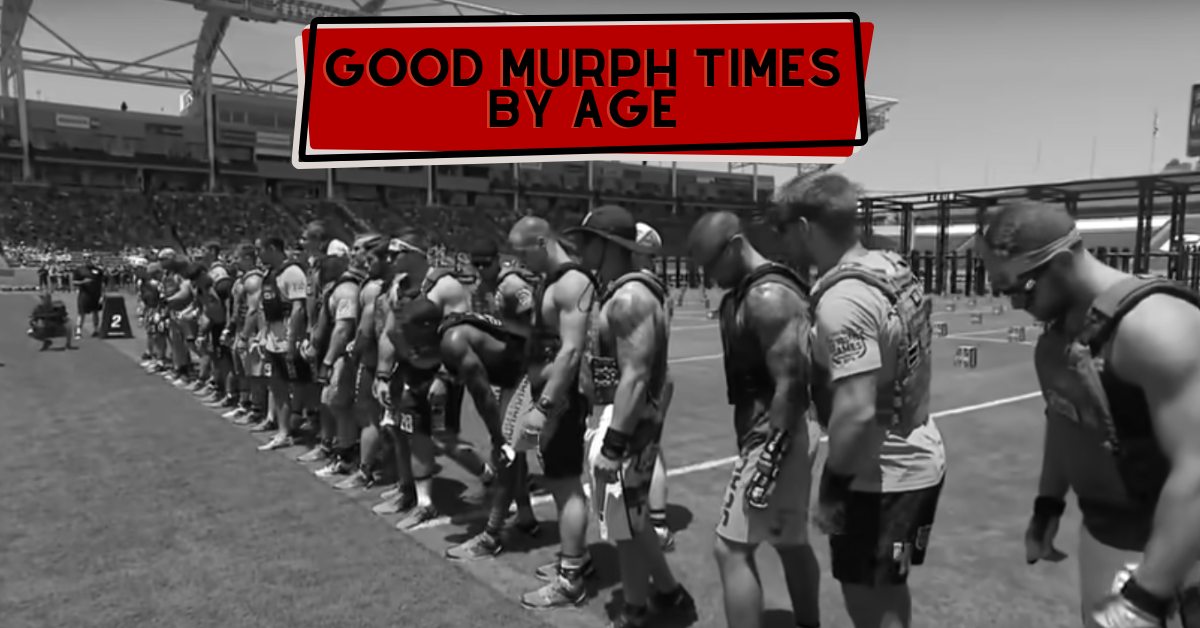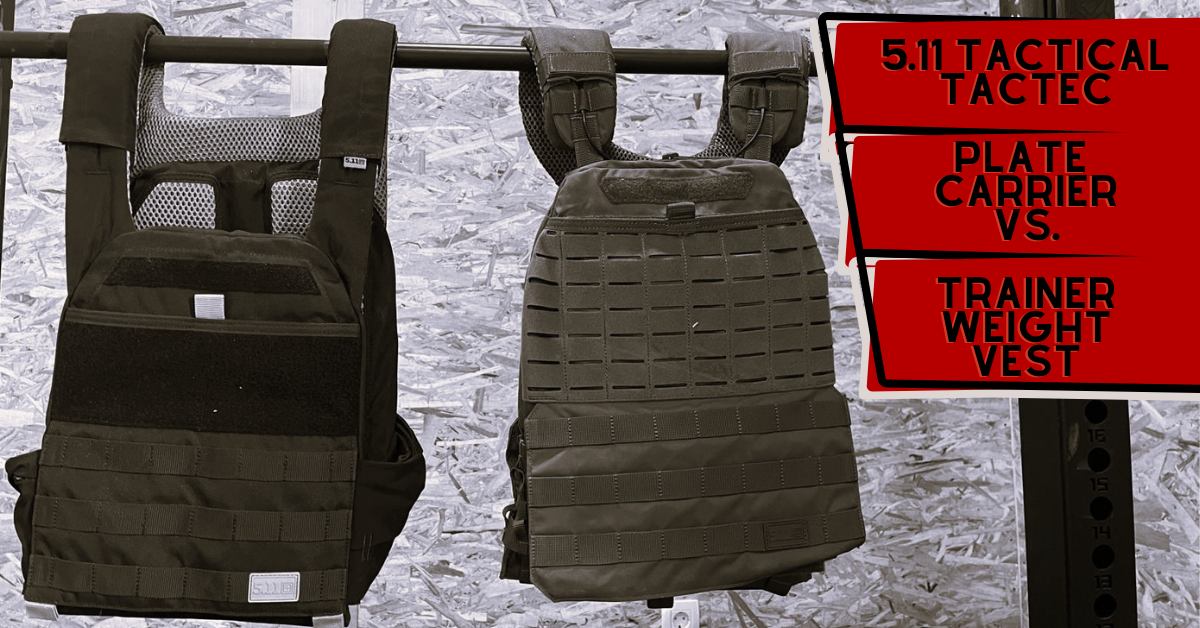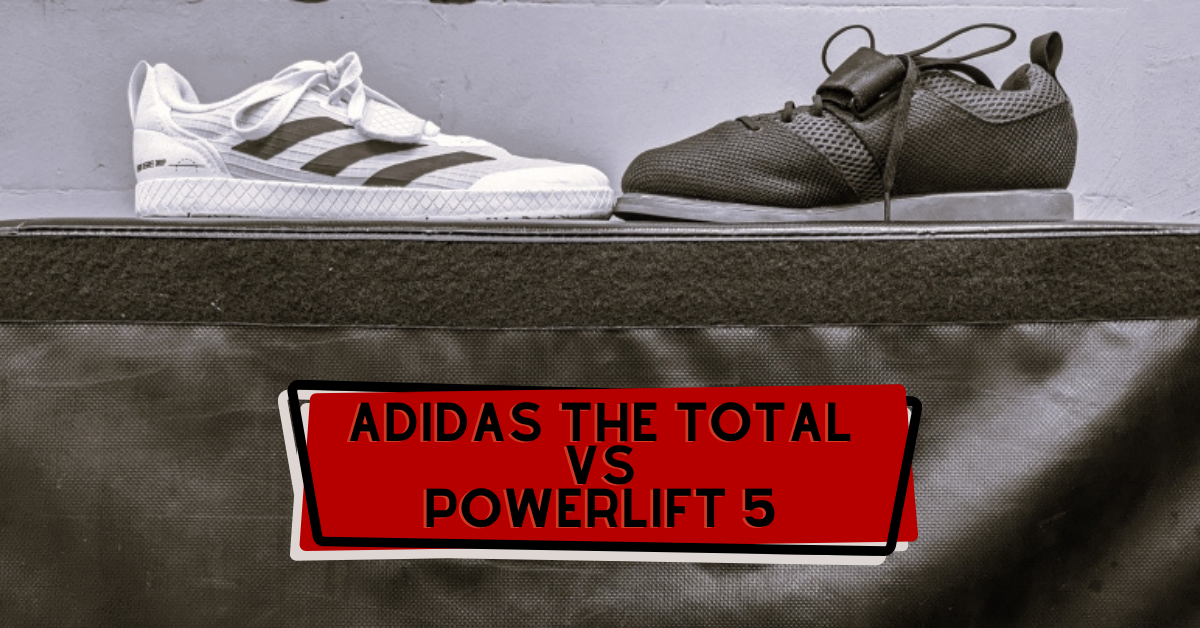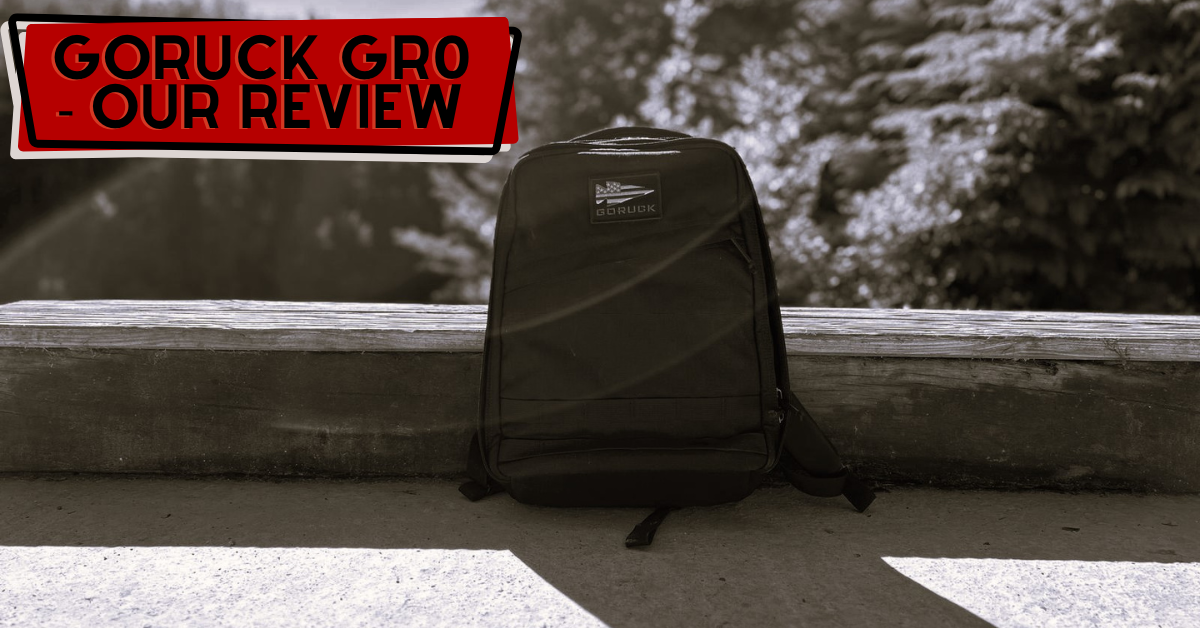“Lose 30 pounds in just 3 months!
“Get a sexy six-pack by summer!”
“Be able to play catch with your grandkids!”
…the list goes on…and you’ve heard them all before…
A lot of fitness programs make a lot of rather grandiose claims about results and what you can expect from giving them a try. In many cases, these claims are just too excessive to be believed and…frankly…it seems like it would make more sense to focus on more subtle (or more realistic) outcomes.
“Rucking burns more calories than walking” is one of those claims that has the distinction of being believable while also actually being true…but is rucking for weight loss really a thing…?
Is rucking an effective activity for losing weight and even experiencing positive changes to our body composition, though? Let’s take a look at what rucking can realistically offer you:
Table of Contents
Is Walking with Weight an Effective Fitness Activity?
Before looking into its potential impact on weight loss, I’d like to discuss some of rucking’s more general merits. Overall, rucking is an engaging and accessible way to improve fitness levels. Walking with added weight combines aspects of cardiovascular exercise and strength training, resulting in a wide and diverse range of benefits.
Some of these benefits include leg and core strengthening, the promotion of better posture, and improved endurance. These benefits come together in a manner that is low impact and gentler on the joints than other popular exercises like running.
Rucking is perfect for people of all fitness levels, from beginners to seasoned athletes. Everyone can enjoy the stress-relieving benefits of spending time outdoors and in nature.
How Rucking Compares to other Cardiovascular Training Formats (i.e. Running)
Rucking and running offer different fitness perks but can work together in a complementary way. Running is an effective form of exercise that boosts endurance and can elevate general cardiovascular fitness levels. However, it is high-impact and more taxing on our joints compared to the low-impact nature of rucking.
Also, despite being arguably more accessible than rucking, significantly fewer people are able to maintain a running pace for extended periods of time. Even seasoned/experienced runners normally limit their sessions to 5 or 6 miles in under 60 minutes; experienced ruckers can easily extend their marches for hours.
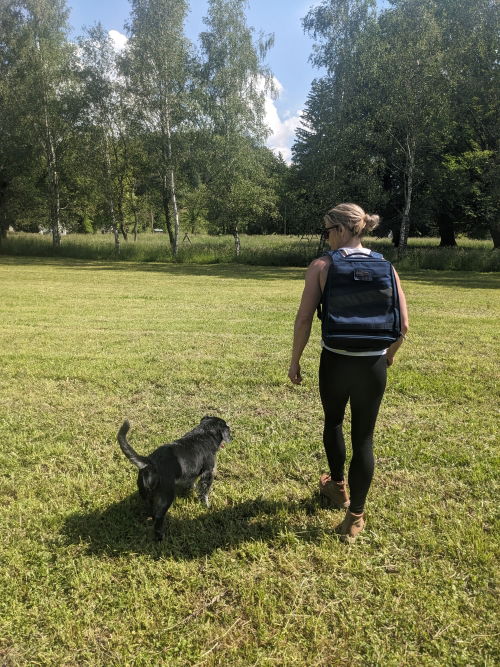
Another advantage of rucking is its strength-building capabilities. Running isn’t completely bereft of muscle-building benefits, but these pale in comparison to those derived from rucking. Let’s take a closer look at these strength-building benefits.
How Rucking Compares to General Strength Training (i.e. Gym Circuit Training)
As we just discussed, ruckers derive cardiovascular and strength-training benefits from their workouts. While rucking can’t replicate the strength or muscle-building qualities of dedicated resistance training, rucking engages multiple muscle groups, providing almost a full-body workout. As we walk with a heavy backpack, our legs, core, and upper body muscles are all engaged.
If you are serious about building strength and/or muscle, rucking is a very good complement to dedicated strength training, whether in the form of bodybuilding, CrossFit, or more general barbell and machine activity. However, because neither the resistance nor the intensity is ever that high during “standard” ruck marches, it should not be your only strength training activity.
Can Rucking Help with Weight Loss?
We’re finally addressing the question of the day! Rucking is an excellent way for us to stay active and shed some pounds along the way.
Calories Burned During Rucking
When it comes to burning calories, rucking is extremely effective and can be quite efficient, as well. According to GORUCK’s highly scientific calculator, rucking can burn a significant amount of calories. For example, a 180-pound man can burn ~360 calories from rucking 3 miles in one hour with 30 pounds of weight.
This caloric expenditure rivals activities such as cycling and easily surpasses what we could expect to achieve by unweighted walking alone.
Metabolic Impacts from Rucking
Rucking’s effects on our bodies don’t stop once our session is done. Beyond the calorie burn, rucking impacts our metabolism through what is commonly known as the afterburn effect (or scientifically known as excess post-exercise oxygen consumption (EPOC)).
The body continues to burn calories as it recovers from a rucking sessions. This metabolic boost might not be as high as it is after a high-intensity training session like what we do in CrossFit, but it still has a significant impact on weight loss.
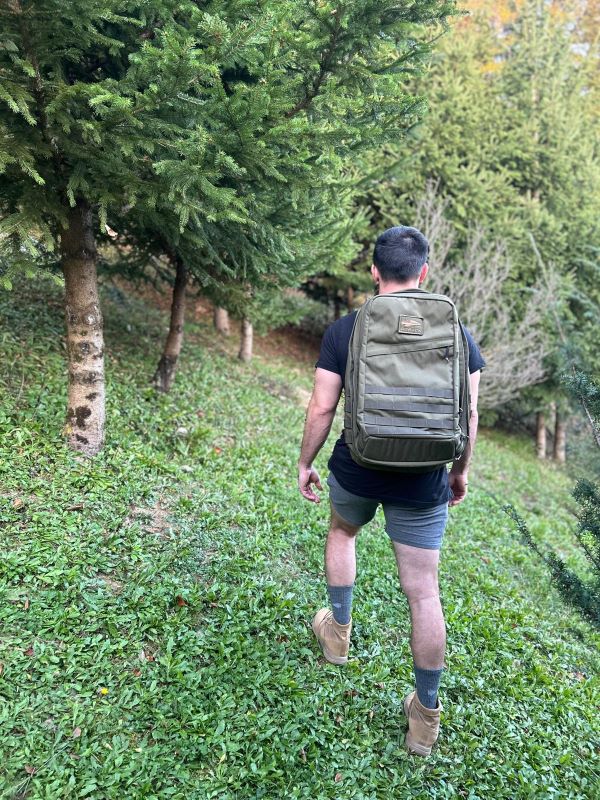
Sustained rucking over a long period of time can jumpstart our metabolic rate, greatly assisting in all weight loss efforts.
Factors that Influence Calories Burn during Rucking
The number of calories we burn during a rucking march depends on several factors. These include the amount of weight we load in our bags, the distance we cover, the incline and/or terrain we ruck on, and our average speed.
Understanding the influence and effects of each of these factors can help us tailor our rucking sessions for better results in weight loss and fitness.
Weight Carried
The amount of weight we ruck with is probably the most obvious factor influencing our calories burned. As you can probably guess, carrying a heavier load requires more energy and as we increase the weight, our muscles have to work harder to actually move the weight and, assuming all other factors (pace, distance covered, etc.) remain the same, we burn more calories.
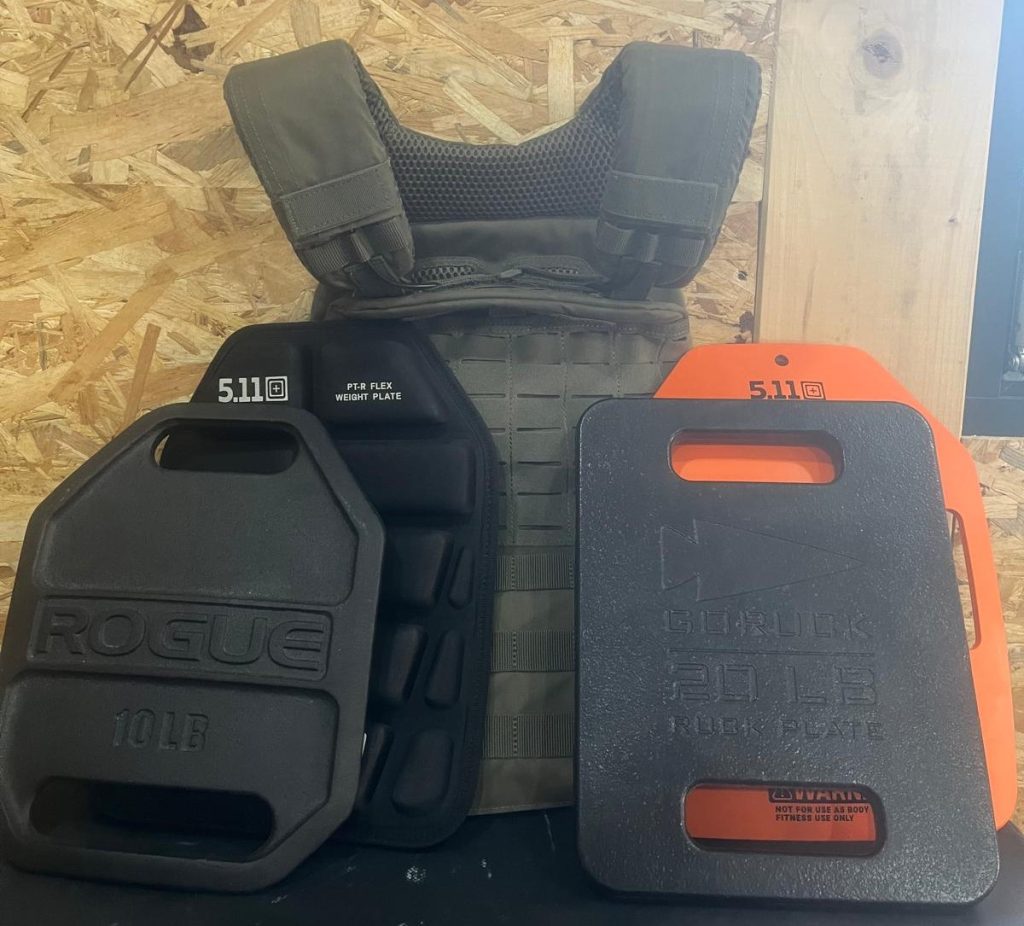
It’s essential to adjust the weight gradually. Adding small increments of weight over time allows our body to adapt without putting too much strain on our muscles. If we add too much weight before we’re ready, we run the risk of compromising our form, having to adopt a significantly slower pace, or possibly sustaining an injury.
Distance Covered
Another obvious factor is the total distance we cover while rucking. Naturally, covering more ground requires greater energy expenditure and resulting in higher caloric burn.
Rucking Speed
Rucking speed is another key factor affecting potential caloric burn and weight loss. A faster pace raises our heart rate creating a metabolic effect that more effectively burns calories.
Terrain and Incline
Anybody who has rucked up even a small, unsteep hill understands how much more difficult it is than when rucking on a flat, even surface. Walking through brush, steep trails, or even on an inclined treadmill also increases difficulty levels. These rucking conditions force our bodies to work harder, expand more energy, and to burn more calories than it would when rucking at a similar pace on even terrain.

Best Practices to Get Started Rucking for Weight Loss
To ensure that we’re getting the most out of rucking sessions, there are a few key considerations to keep in mind. We need to make sure we have the proper gear on hand, should maintain a consistent rucking schedule, and enlist the support of others. Let’s look at each of these considerations in further detail:
Proper Rucking Gear
You don’t have to run out and buy a bunch of equipment to get started rucking. Its simplicity and lack of required gear is one of rucking’s most appealing features!
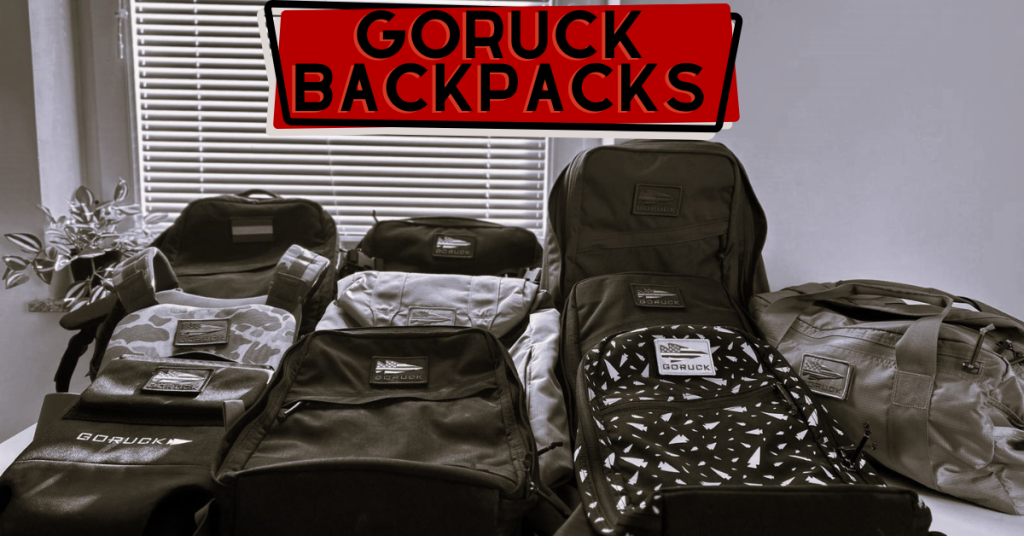
However, getting your hands on a few key items, most notably a bag or backpack that can accommodate your ruck plate (if you don’t have a ruck plate, even a brick or heavy book wrapped in a few towels will work!) and comfortable shoes that can handle all types of terrain should be your main priorities.
Schedule your Rucking Sessions
Setting specific fitness goals is one the best ways to stay motivated. You may want to aim for a particular distance to cover during your sessions or to simply ruck for a specific amount of time 3 or 4 days per week. Whether you prefer morning rucks to kickstart your days or evening walks to help you unwind, sticking to a schedule is crucial for maximizing benefits.
Join A GORUCK Club/Train With Others
Training with others makes rucking social and fun. Thankfully, there are all kinds of opportunities to ruck with others, most notably by joining a GORUCK club. Being part of a ruck club can help you to remain accountable while also enhancing the actual rucking experience (building relationships and having fun).
Frequently Asked Questions
We’re diving into some common questions about rucking and how it fits into a weight loss journey. These cover insights on comparisons to other forms of exercise, the potential for transformation, and realistic expectations for results. Let’s explore each query in detail.
How does rucking compare to other cardio or endurance types of workouts for women, specifically?
Like running, CrossFit, or general HIIT (high-intensity interval training), rucking provides both endurance and calorie-burning benefits. In most cases, is not as intense as any of these activities, but it also generally a lower-impact activity and is easier on the joints, particularly ot the lower body.
Can rucking help support body transformation goals?
Yes! Like any other fitness program, putting in consistent levels of time and effort can lead to dramatic results, to include body transformation. In this article, we've mainly focused on calorie burn and weight loss, but the effects of supporting a significant amount of weight over long periods of time also leads to muscle-building and toning of the body.
What is a realistic timeframe to experience weight loss from rucking?
There are many things that can impact weight loss from rucking, to include non-rucking considerations such as nutrition and other lifestyle factors. However, maintaining a consistent rucking schedule, combined with mindful eating, can lead to steady weight loss
Walking with a weighted backpack for weight loss; is your ruck enough?
We’ve discussed a lot about the low-impact exercise that only involves walking and whether you’re brand new to rucking or want to try rucking in the near future, it’s an activity that will almost certainly help you reach your fitness goals.
Especially if these involve goals to lose weight!
Remember that rucking can help you reach these goals only if you put in consistent time and effort so go ahead and grab your rucking backpack and get moving!


